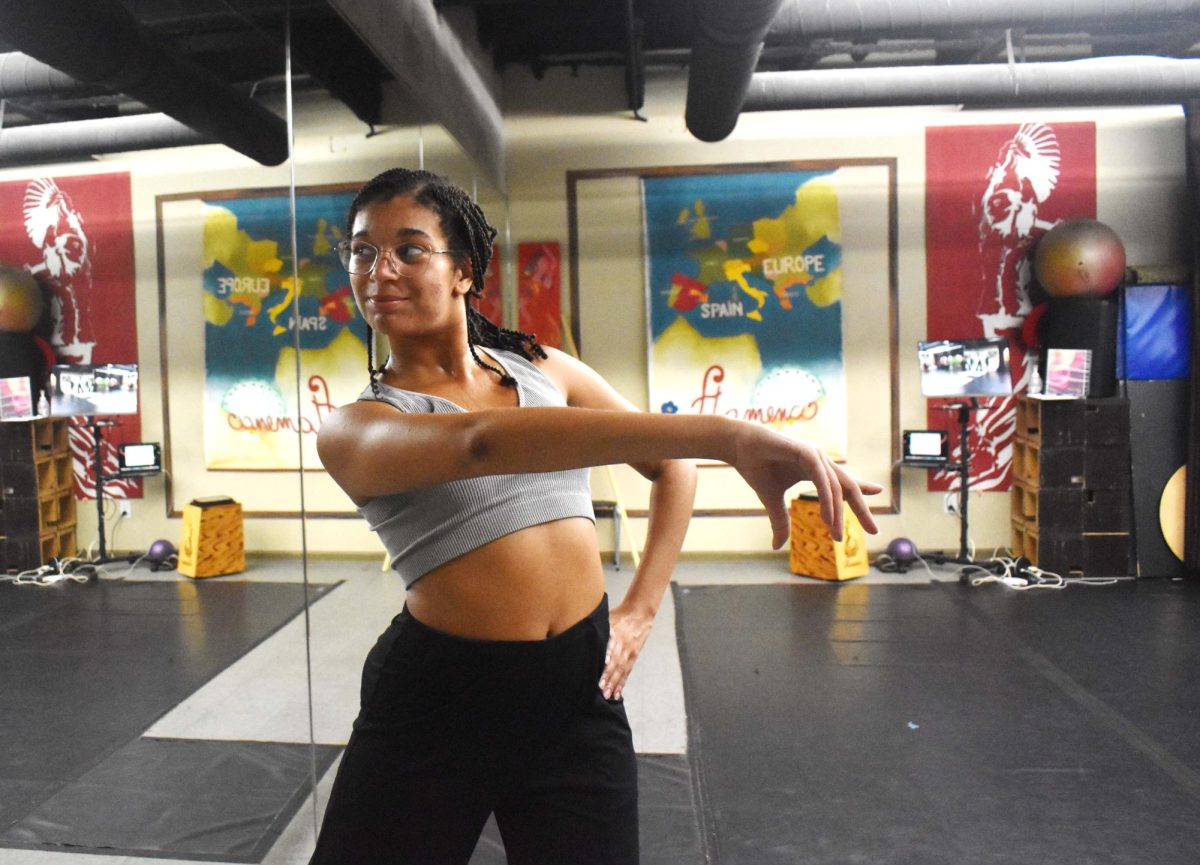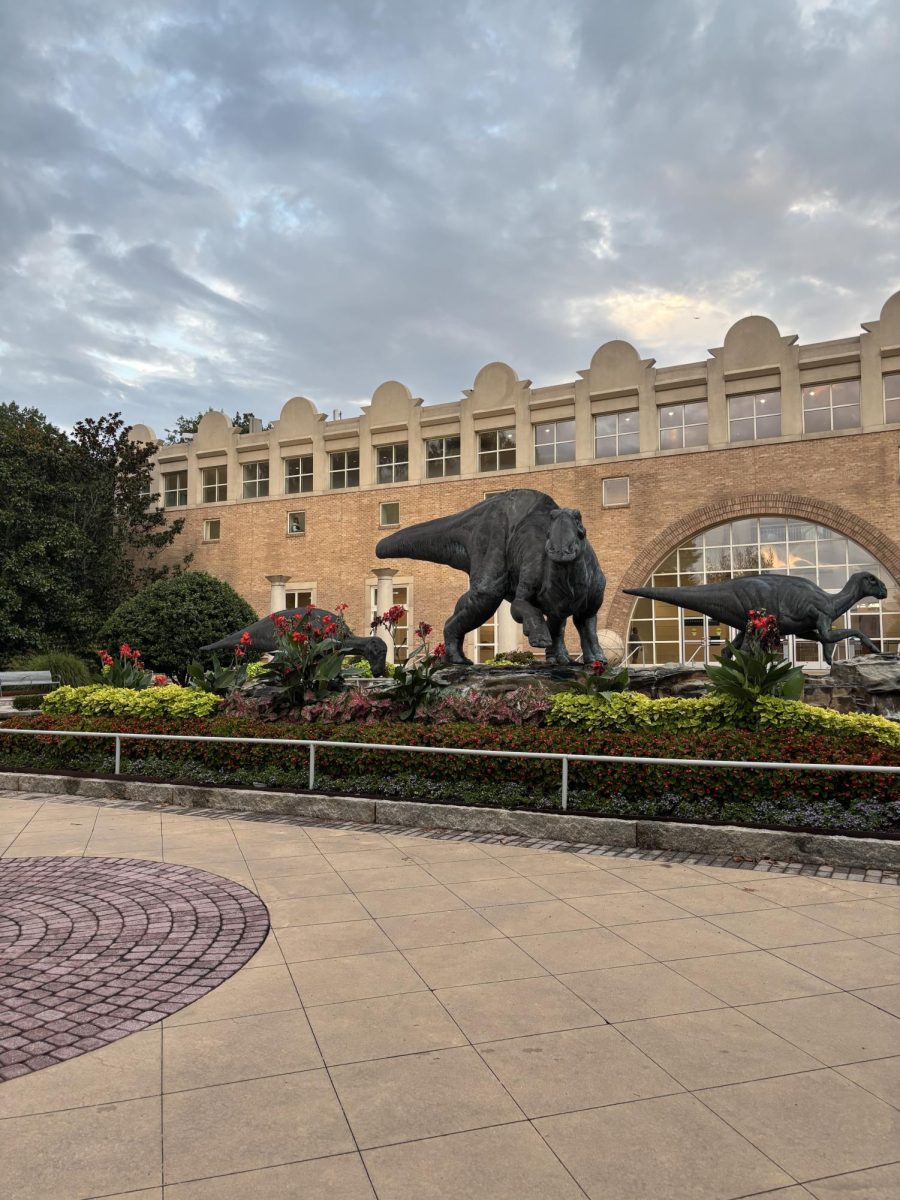 A stoic woman stands fully undressed looking forward into the distance.
A stoic woman stands fully undressed looking forward into the distance.
She slowly turns around and begins to grow a dense coat of hair all over her body. This hair thickens into a dress by the time she has completed a full circle. The woman slips the garment from her shoulders, but before it reaches the floor it becomes a wolf and runs away, leaving the woman as bare as when she began her transformation.
Argentinean artist Hyuro illustrated this story frame by frame in a mural on the corner of McDonough Boulevard and Sawtell Avenue. The mural was one in a series of recent street art projects commissioned by Living Walls, a nonprofit organization dedicated to livening the streets of Atlanta with art, but this mural was different.
This piece drew special attention and ire from members of the community and the controversy even drew local news coverage when the mural was the subject of a segment on Channel 2 Action News. Residents objected to the woman’s nudity in several stages of the mural.
The protesters found issue with the location because the art sat at the corner of two major streets and could be seen by any number of people. This is where I take issue with their complaints.
On occasion, I drive down DeKalb Avenue, either on my way to school or to pick up eggs from Kroger, and each time I see a cartoonish looking mural of a woman who is completely naked. The only difference between the two is the realistic tone of Hyuro’s painting; nobody is getting riled up over my nearby mural.
It irks me to hear accusations that the mural is “pornographic.” I’m fairly certain that the all-female art conference wasn’t a covert attempt to plaster porn all over the walls of Atlanta. Hyuro was merely expressing herself, albeit in a unique, and perhaps unconventional, manner.
The mural was originally intended to be similar to the final product, but with a chair as the subject rather than a woman. Your guess is as good as mine as to where the dress would go.
After seeing her wall for the first time, however, Hyuro realized she did not have enough space and altered her design.
Each mural had to be cleared through several departments before being approved to be painted. When Hyuro changed her design, however, the city of Atlanta did not review it again for clearance.
This logistical miscue was not responsible for the death of Hyuro’s living wall. The wall was instead murdered by a simple act of vandalism which read, “Take this shit back to Buchhead.” Apart from the profanity and the misspelling of a major area in Atlanta, these words were written directly over the artwork, thus the mural had to be painted over.
On Sept. 3, the wall was made bare of all art. Now that’s a nudity worth protesting.








